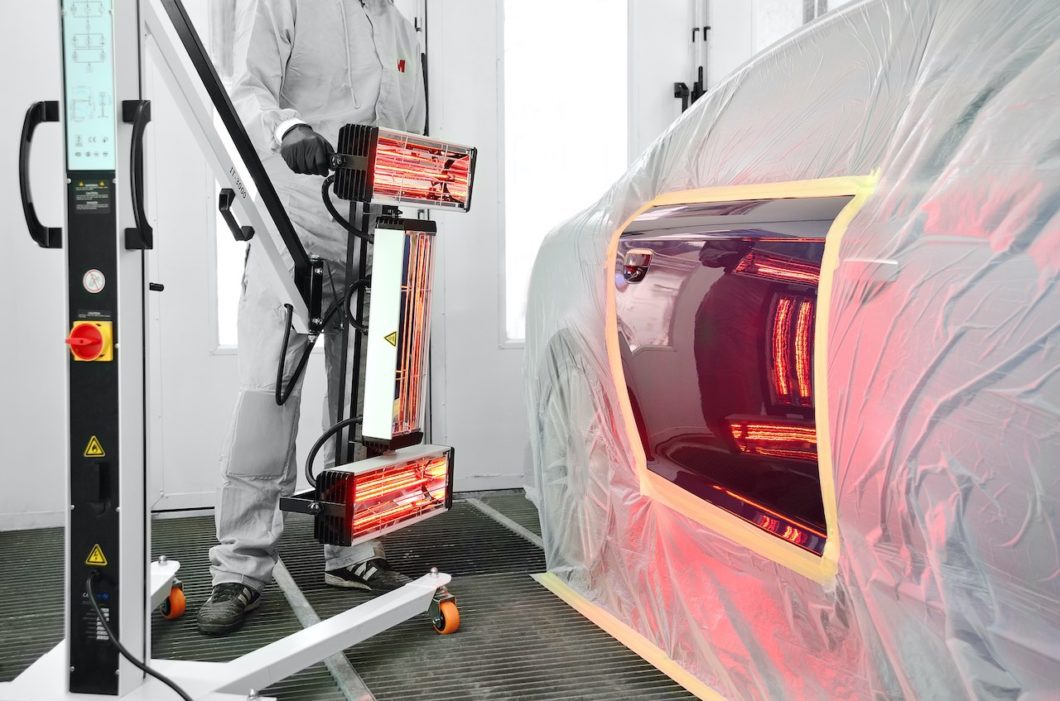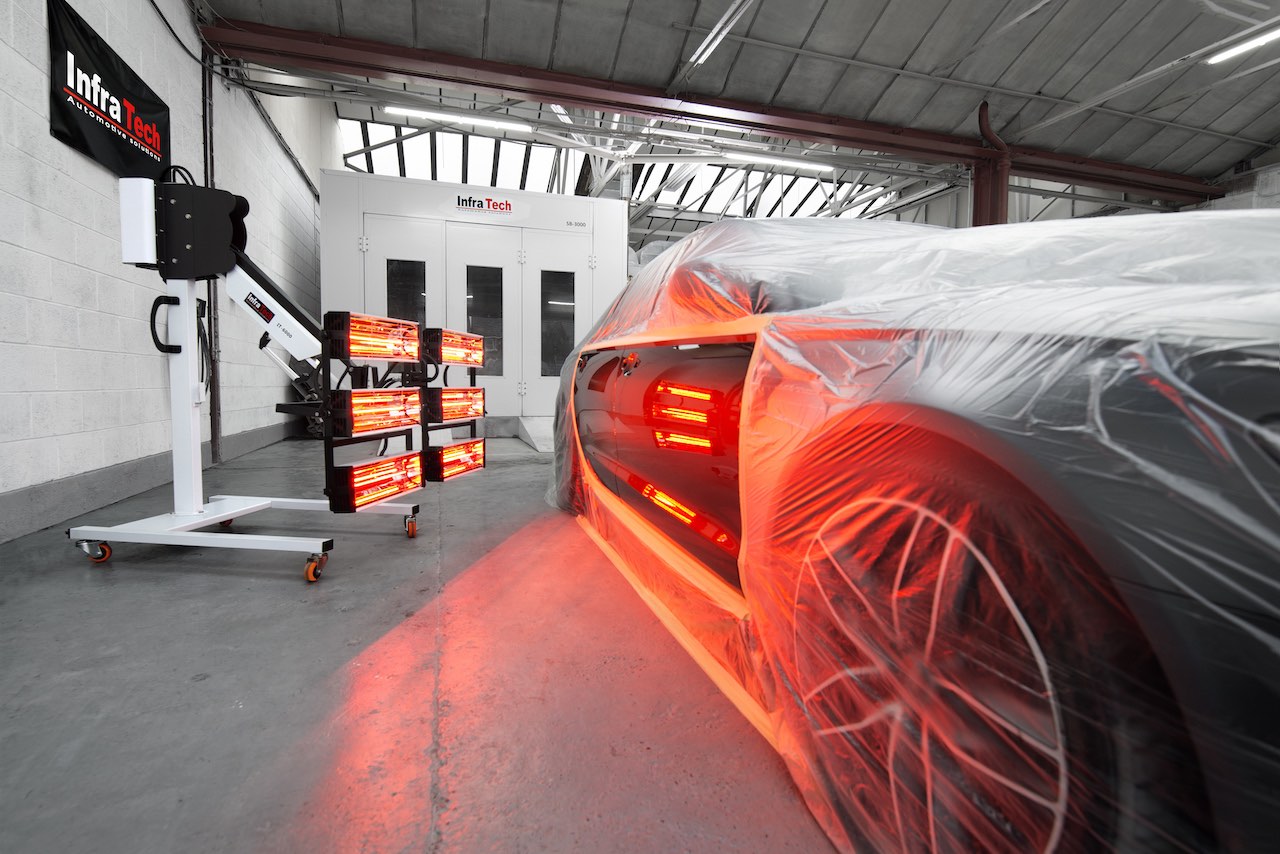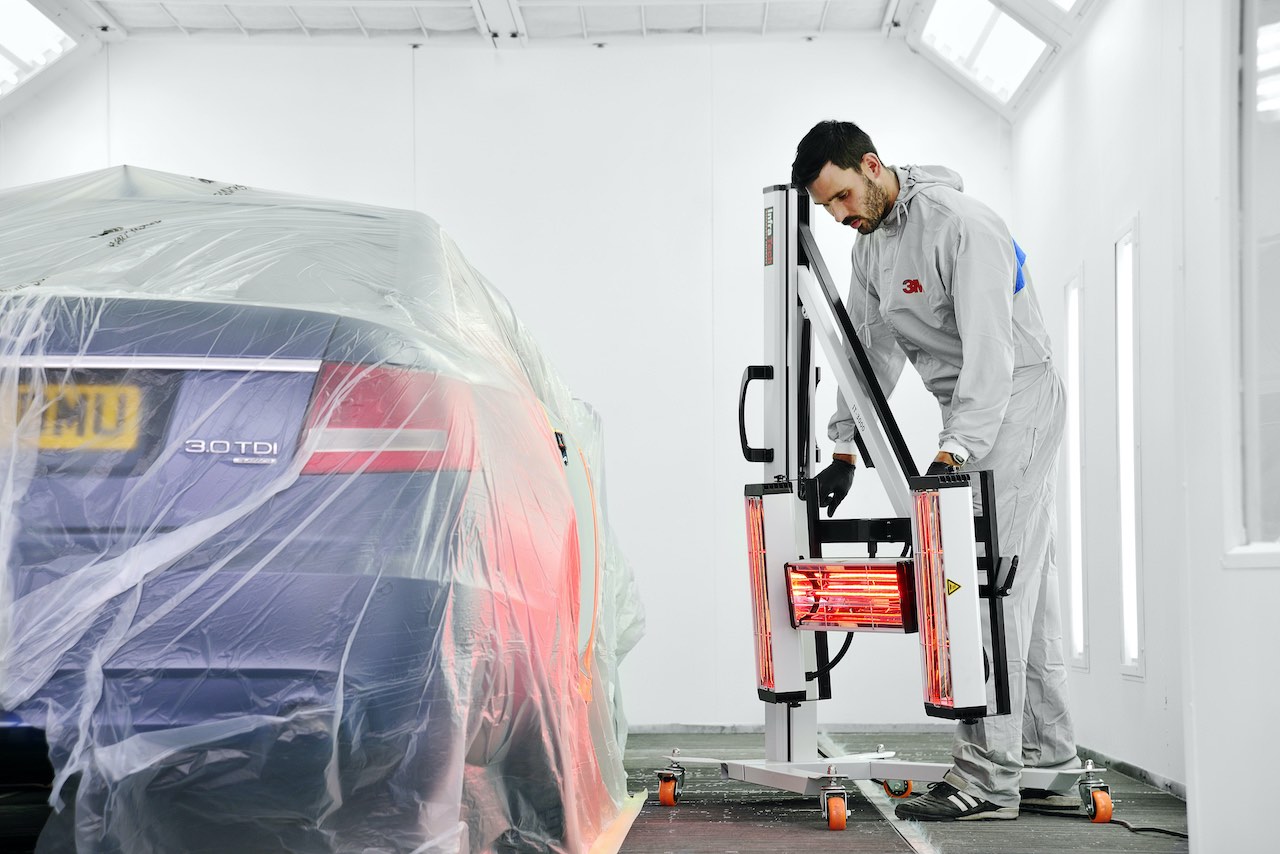Here at Take To The Road, we know exactly what it is that makes people love classic cars so much. Classic cars certainly provide a unique and quirky style like no other, and the cool aesthetics of these vehicles is enough to catch anyone’s attention. That’s why most classic car owners like to show off their cars at roadshows and exhibitions. Not only that, but they also allow you to own a piece of history and provide you with the opportunity to undergo a restoration project.
While classic cars look stunning and unique as they are, did you know that you can enhance them even further to improve their appearance? One way in which you can do this is with ceramic coating. This is a topic that has become increasingly popular among motorheads in recent years, and more drivers are now choosing ceramic coating over traditional car wax.
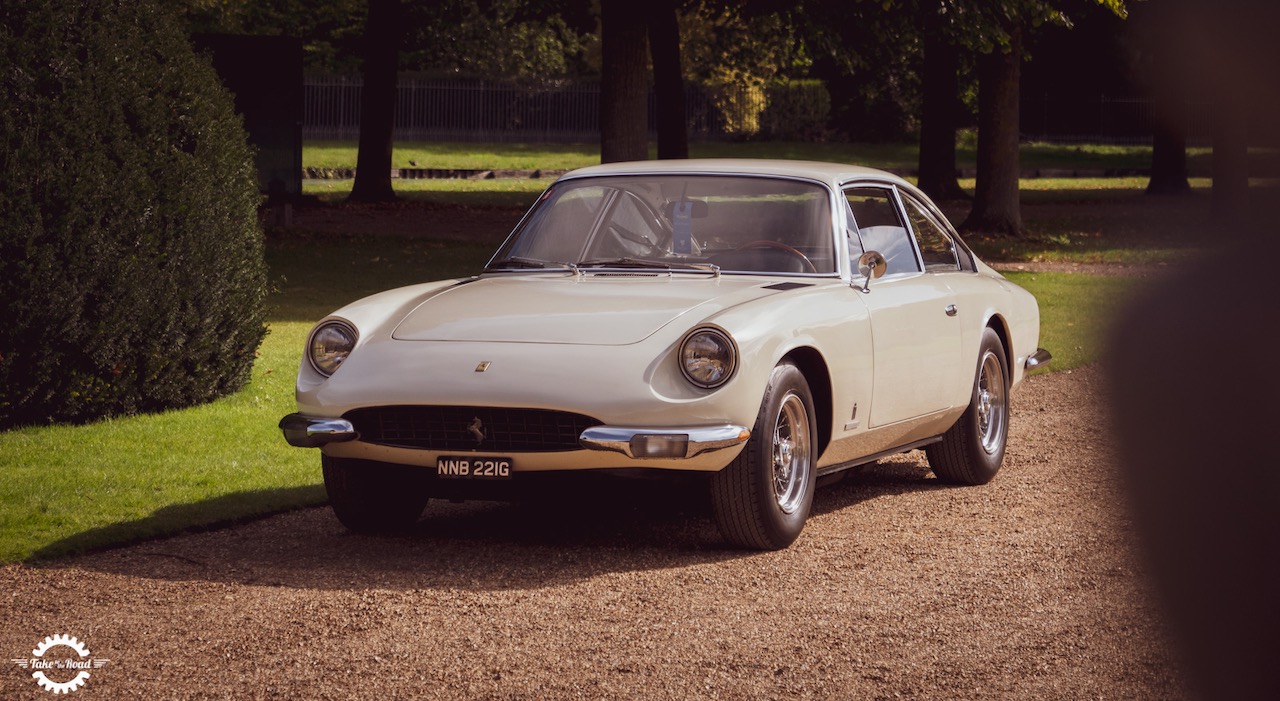
InfraTech Infrared Solutions is a retailer that sells a range of infrared paint curing lamps. While InfraTech serves customers across multiple industries, they primarily specialise in the automotive sector with a key focus on bodyshops and garages. InfraTech has provided us with some explanation on what ceramic coating is, how it compares to wax, and how it is applied and cured.
What Is Ceramic Coating?
While some of you may already be aware of what ceramic coating is and the benefits that it generates, a lot of motor enthusiasts are still getting to grips with it. While it is becoming more frequently used in the automotive industry in recent times, ceramic coating has previously been used in several other industries, such as oil and space. In scientific terms, ceramic coating can be described as ceramic nanoparticles that form to make a synthetic paint protection when applied to a solid material.
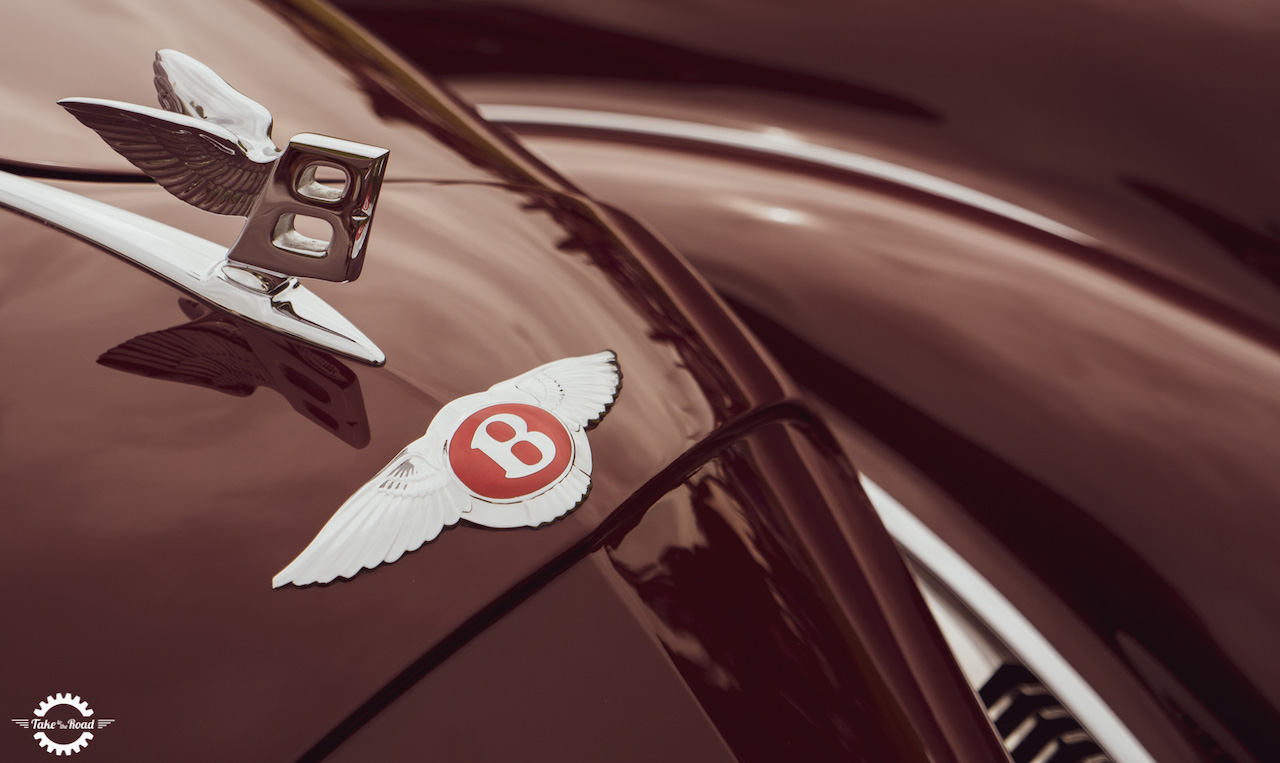
For vehicles, what ceramic coating basically does is adds another layer of protection to the car’s bodywork. Ceramic coating comes in the form of a liquid polymer. This means that when it is applied to a car’s outer layer, the coating will chemically bond to the paintwork.
There are several benefits to ceramic coating that make it an appetising choice for car owners. First of all, and one of the key benefits from a visual perspective, ceramic coating adds an extra layer of gloss to the car. This makes the car look smarter and more premium, two fantastic factors when you want to show it off! The visual element is just the beginning, however.

One of the best reasons for applying ceramic coating is to make your car easier to clean and maintain. The coating works to protect against environmental contaminates like dirt, ultraviolet rays and chemical stains. Contaminates such as this will have a harder time bonding and causing lasting damage. While it doesn’t guarantee that the car won’t get dirty, it makes cleaning the vehicle smoother and ensures that rain and dirt will slide off easily.
Is Ceramic Coating Better Than Traditional Wax?
Chances are you will already know what traditional car wax does, but to sum up, it shares many of the same characteristics as ceramic coating. Ultimately, they both work to add a layer of protection to the paintwork to protect against contaminates, while also enhancing the car’s gloss. The choice of which is better, however, depends on several factors.
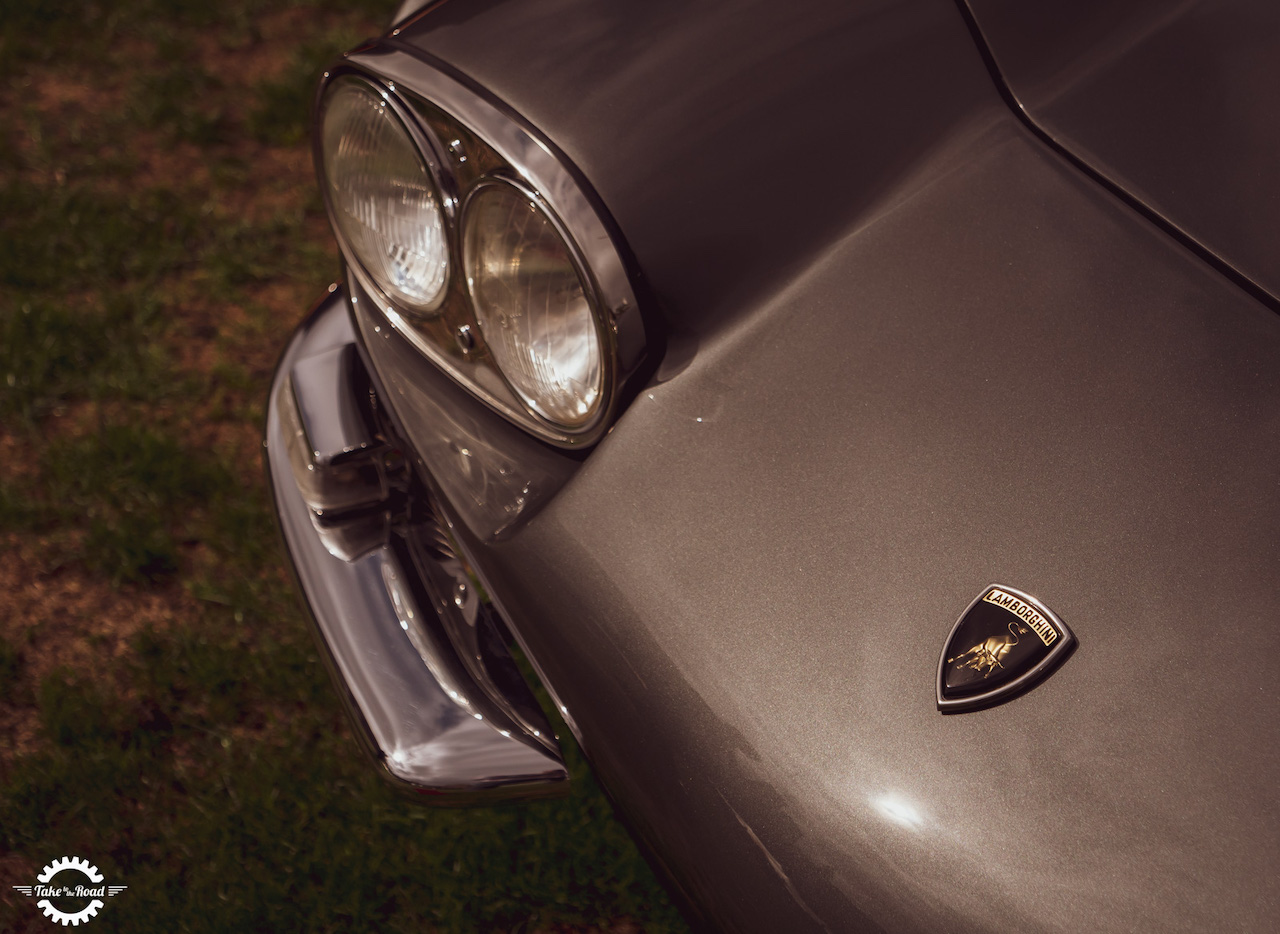
Typically, ceramic coating is considered to offer premium quality compared to wax, and perhaps more importantly, it lasts for longer. Ceramic coating can usually last for years whereas wax may last for a few months before a new application is required. Ceramic coating is also more durable and resistant, while wax doesn’t chemically bond with the paintwork but sits on top of the surface. Wax, however, is easier to install and perhaps the safer option for drivers looking to apply it themselves.
Whether you should choose ceramic coating or traditional wax is purely a personal preference. If you prefer ease and low cost, then wax may be best for you as long as you don’t mind increased maintenance and having to apply the wax regularly. Others, however, may be happy to pay more for ceramic coating knowing that it will make maintaining their car far easier and with the confidence that the vehicle’s value will increase over time.
The Process of Applying and Curing Ceramic Coating
When applying ceramic coating, you can do it yourself or hire an expert, but either way, do note that there are two types of coating available to you. Consumer-grade coating is easy to apply but doesn’t last as long as professional-grade coating. Professional-grade coating, however, requires in-depth preparation and specialist equipment. We will briefly run down the process, but to ensure you benefit from the smoothest results, always make sure you follow a thorough guide and read the coating instructions.
The process should begin with a thorough wash and clean of the car to remove all dirt, grime and other contaminates that may be present on the paintwork. This can include using a clay bar kit to remove surface contamination and an alcohol solution for removing oils and chemicals. As part of the preparation, if any paint imperfections exist, then you should aim to polish the car with a rotary tool.
When you are happy that the car is cleaned and ready, you can begin to apply the ceramic coating! To do this, either use an applicator pad or a cloth wrapped around a sponge, and apply a few drops of the coating. Using a cross hatch pattern or a circular motion, begin to wipe the coating on the vehicle. Add more drops as required and continue to wipe in a consistent motion until the car has been fully coated.
When ceramic coating has been applied, it’s then important that it is left to dry and cure, allowing the coating to fully set in and harden. This step is vitally is important as until the coating has fully chemically bonded, any mistakes could harm the smoothness of the coating. It should be left indoors away from the sun and other potential contaminates.
In the last few years, InfraTech has been inundated with questions from bodyshops and garages due to the rise in demand for ceramic coating. With more customers wanting to apply ceramic coating to their cars, these businesses are looking for opportunities to help them achieve that. While conventional air drying methods can be used to dry and cure ceramic coating, it can take a very long time. Infrared lamps are extremely powerful and are considered to be the most efficient option for automotive businesses. The lamps speed up the drying process, ensuring that the ceramic coating sets in quickly without sacrificing quality. For businesses, this means getting the car back to the customer in no time so that they can be wowed by the vehicle’s all-new appearance.
This is a Take to the Road Sponsored Post

